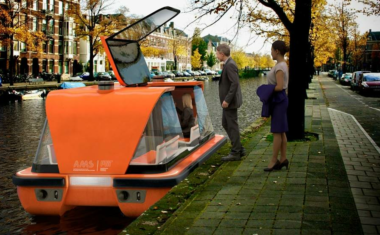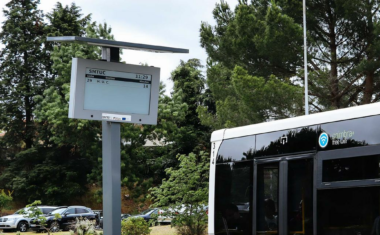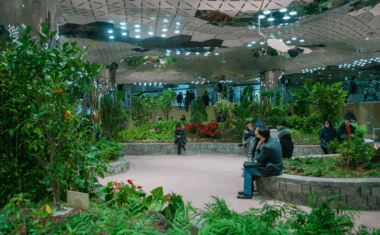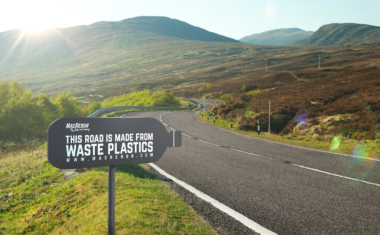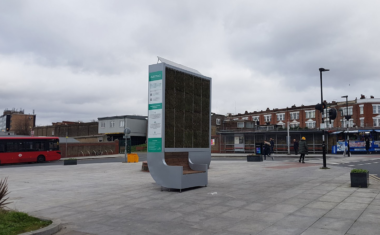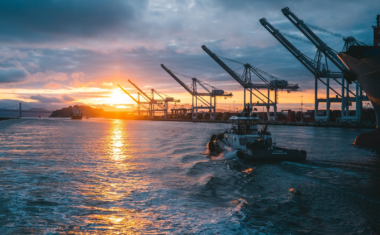Floating Rubbish Bins. Seabin Technology
- 5 min to read
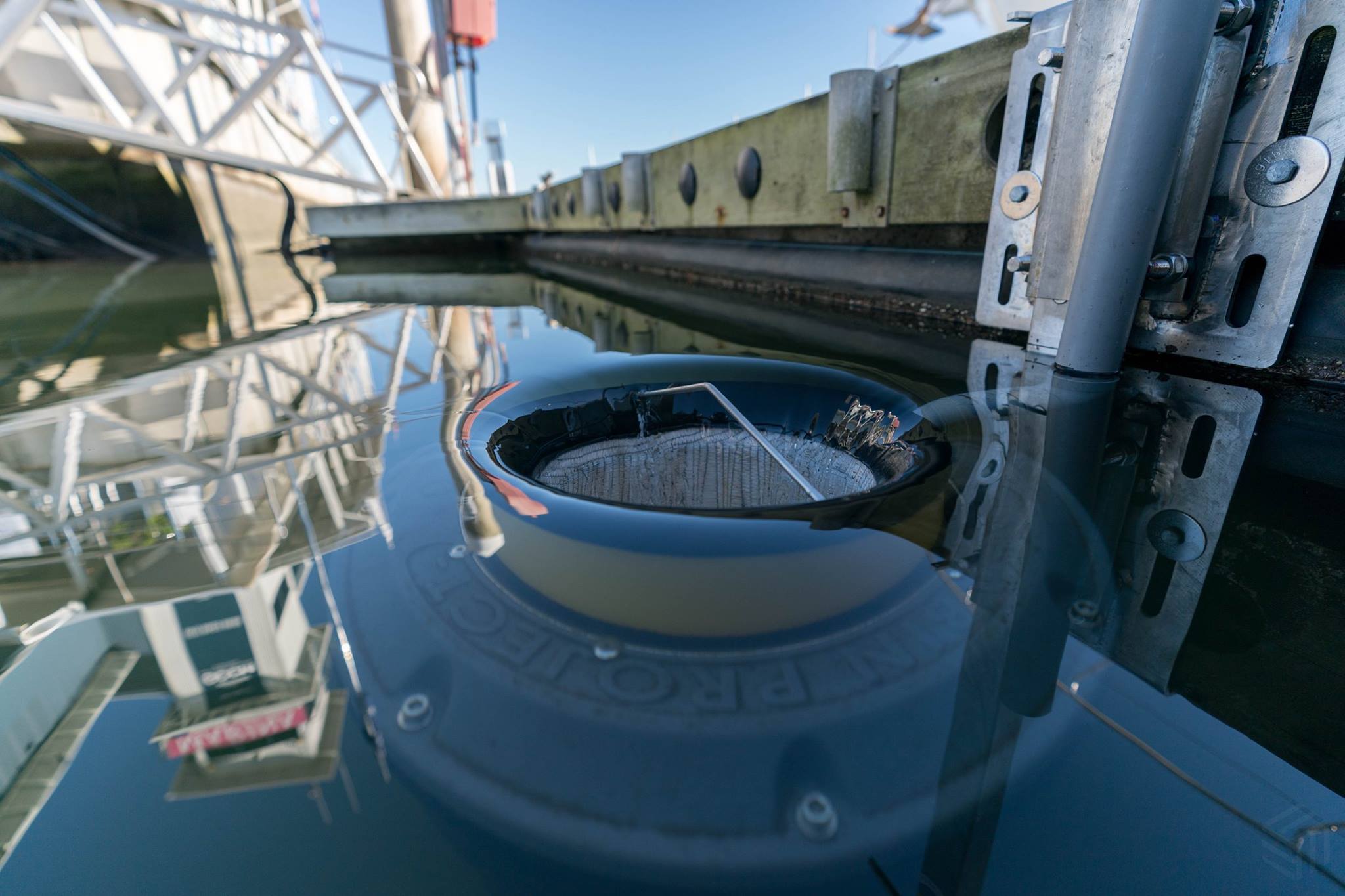
Melbourne, Australia
About the city. The longest river in Melbourne is the Yarra. This river suffers the most from pollution and industrial debris.
Goal
Litter in the Yarra is an ongoing issue with up to three billion pieces of litter washed into Melbourne’s waterways through stormwater drains every year. The main aim is to protect waterways from litter through litter traps installed throughout the municipality.
Previously, water traps had already been applied by city authorities. There was a need to find a new method of cleaning due to new pollution — litter from the water surface like cigarette butts and plastic packaging, as well as oil, detergents and microplastics that can’t be seen by the human eye.
Implementation period. The project started in early 2019, still growing.
Fact
1.4 billion pieces of rubbish flow into Port Phillip Bay from the Yarra and Maribyrnong rivers each year.
Solutions
Seabins were created by two Australian boat builders and surfers, Pete Ceglinski and Andrew Turton. Since 2017, their company, The Seabin Project, has sold 719 units in more than 30 countries. The Melbourne authorities used the company’s services as well.
What is a seabin?
Seabin is the size of a domestic rubbish bin and works as a pool skimmer. It floats on the water’s surface and collects litter using an underwater pump. The Seabins are emptied twice daily, and data is sent to Seabin Foundation’s Pollution Index® and Tangaroa Blue to help monitor the impact of debris along Australia’s coastline and inform the City of Melbourne on strategies for litter reduction. In times of low water flow, they are cleaned as needed.
What kind of litter does it collect?
Food wrappers, cigarette butts, polystyrene, plastic bottles and rubber.
Where were the seabins established?
The Victorian Government also manages 18 litter traps on the Yarra River, nine of which are located within the City of Melbourne.
Team
The Victorian Government in collaboration with the Seabin Project company.
Timeline
Five Seabins have been installed at Yarra’s Edge Marina following a successful trial earlier in 2019. By year-end, each unit collected around 1.5 tonnes of plastic and included high volumes of microplastics — items less than 5mm in size.
If you notice an error or inaccuracy in our editorials, please email [email protected] so we can look into it.

